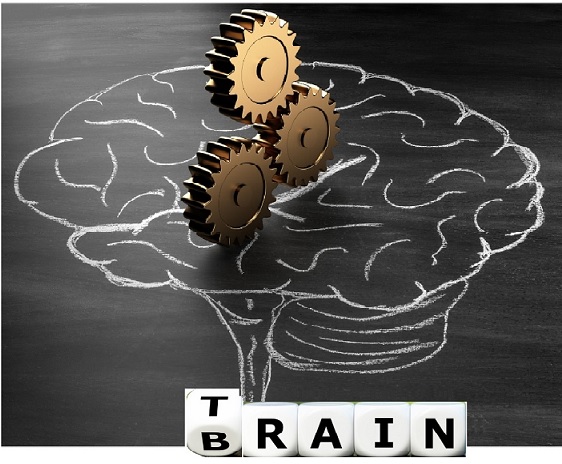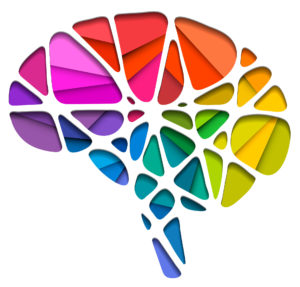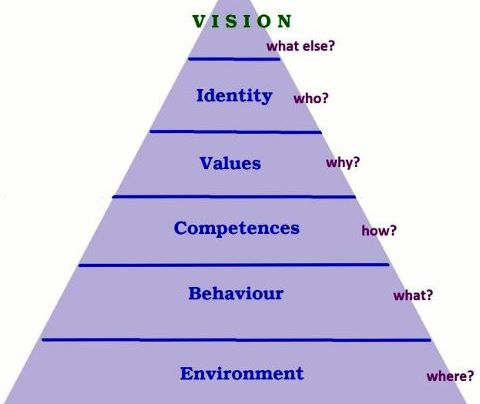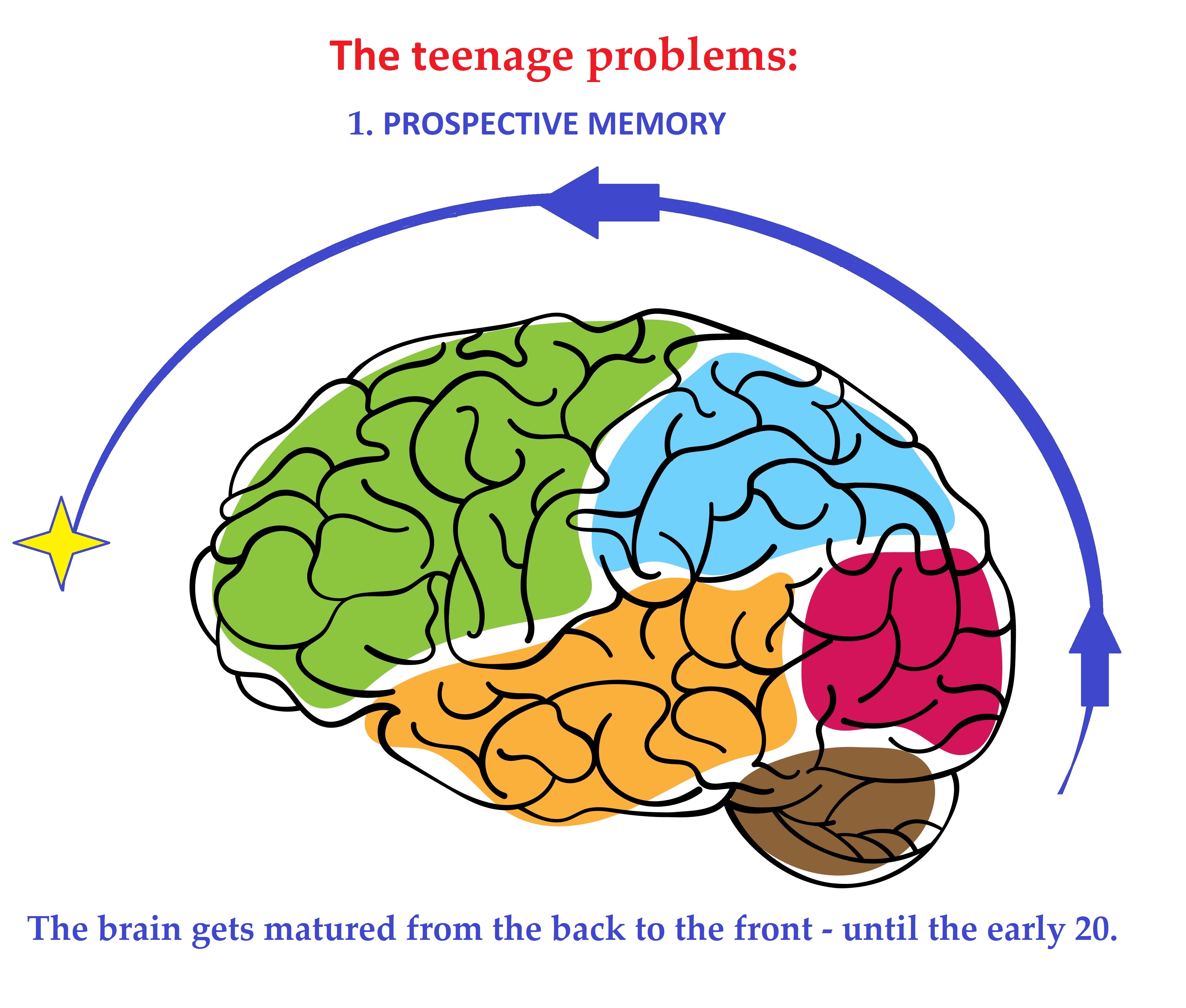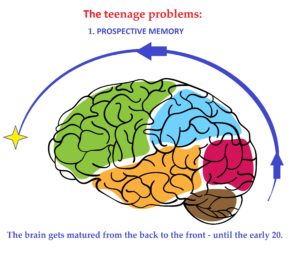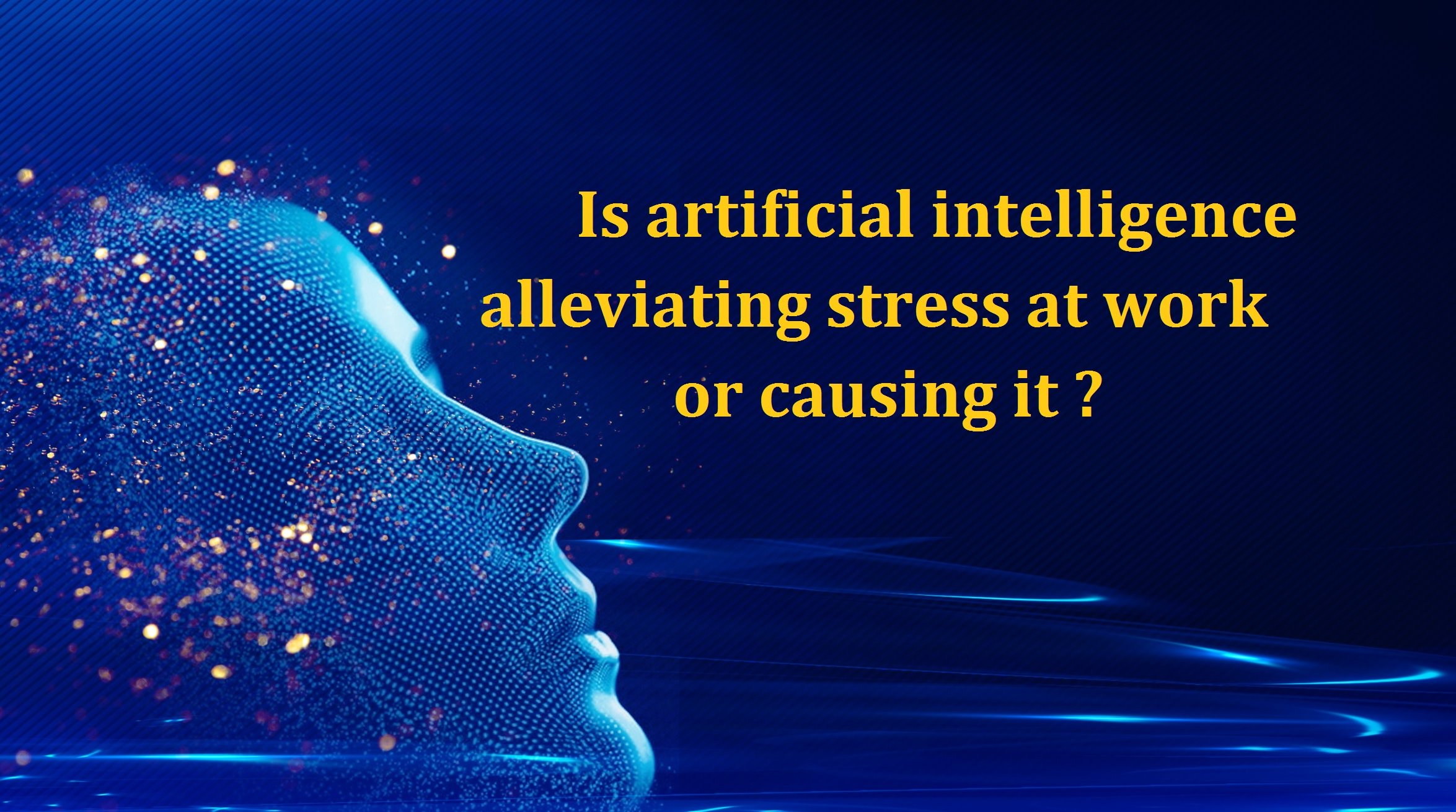NEURODIVERSITY
I have been working as a coach and neurofeedback trainer for many years now. The achievements in the neuroscience fascinate me because they directly influence the coaching process and its results. And it was my work that allowed me to meet the neuro-diverse persons. This definitely enriched my experience.
And you, have you ever wondered how connections in your brain are programmed? Like most of persons, you probably belong to the “neurotypical” group. But have you ever heard of the “neuro-diverse” people?
The development of neuroscience, fortunately for the latter group of people, has confirmed that persons diagnosed as autistic, with Asperger’s syndrome, dyslexia, hyperactivity and attention deficit disorder (ADHD), etc., have atypical neuronal connections in the brain. This is a great achievement of science, because in the past, which only few would believe it now, these people were often excluded from society as mentally sick. It is also a huge achievement of all those who, seeing the intellectual development and potential of people affected by neuro-difference, struggled to acknowledge it as a natural neuro-biological variety.
According to the latest theories, neurological differences such as autism, dyslexia and ADHD are not nature or upbringing errors, or the effects of the modern polluted world, but the effects of natural variations in the human genome. There is already biological diversity, cultural diversity (wiring brain accordingly), and we now know that there is also a genetically conditioned neuronal diversity.
I really like the two comparisons: we do not claim that a flower calla lily suffers from “petal deficit disorder” because it has only one petal, nor do we diagnose people with brown skin as suffering from “pigmentation dysfunction.” Similarly, we should not consider people who have different ways of thinking, communicating and learning as suffering from pathological mental disorder.
The name “neuro-diversity” was introduced by Judy Singer, an Australian scientist, in her scientific work published in 1999. This term means a range of differences in individual cognitive functions of the brain and behavioral traits, considered as part of the normal variability in the human population.
She, her mother and daughter all suffered from a form of autism. She knew perfectly well that it wasn’t a disease. At the same time, she saw that people with different minds were discriminated in the same way as women and homosexuals before they created their own social movement. She recognized that neurologically diverse people also needed a strong voice in defense of their rights.
Singer collaborated with Harvey Blum, an American journalist in the New York Times, who in 1997 described the basics of neurological diversity, using the term “neurological pluralism.” He wrote that neurological diversity can be as important to the human race as biodiversity is to life in general. “Who can tell which wiring will be the best at the moment?” He said, for example, cybernetics and computer companies might need the skills that autistic people offer.
Both of them would care for people with an autism spectrum or other form of neurodiversity, not only to be acknowledged by society, but also to help them find a job suitable for their talents and abilities.
“Business is built around speed and competition and that makes it very hard for those on the autistic spectrum to get jobs,”said Singer.
Fortunately, big business is increasingly opening to understanding the benefits of neuronal and cognitive differences. They are increasingly looking for employees with specific talents. This is, among others, thanks to businessmen and employers who themselves are diagnosed of neuro diversity, e.g. Richard Branson and Charles Schwab (both with dyslexia).
According to Nancy Doyle, a work psychologist writing for Forbes, companies can create a work culture that encourages to include such persons into the working community to make the most of their professional opportunities. Such integration will really work when people realize that by excluding a significant percentage of people from their employees, they lose important talents and potential.
One should strive to make neurological diversity being understood in the same way as diversity of personality. Thanks to this, the neuro-diverse persons will be able to be employed as specialists using their typical talents and opportunities.
The neurodiversity relates to the following disorders:
1. Stuttering
2. Color blindness
3. Dyscalculia
4. Dysgraphia
5. Dyslexia
6. Dysorthography
7. Dysphasia
8. Dyspraxia (DCD)
9. The High Intellectual Potential (HIP)
10. Asperger’s syndrome
11. Dysexecutive syndrome
12. Attention deficit disorder with/without hyperactivity (ADD / H)
13. Tourette syndrom
Beata Cnudde


